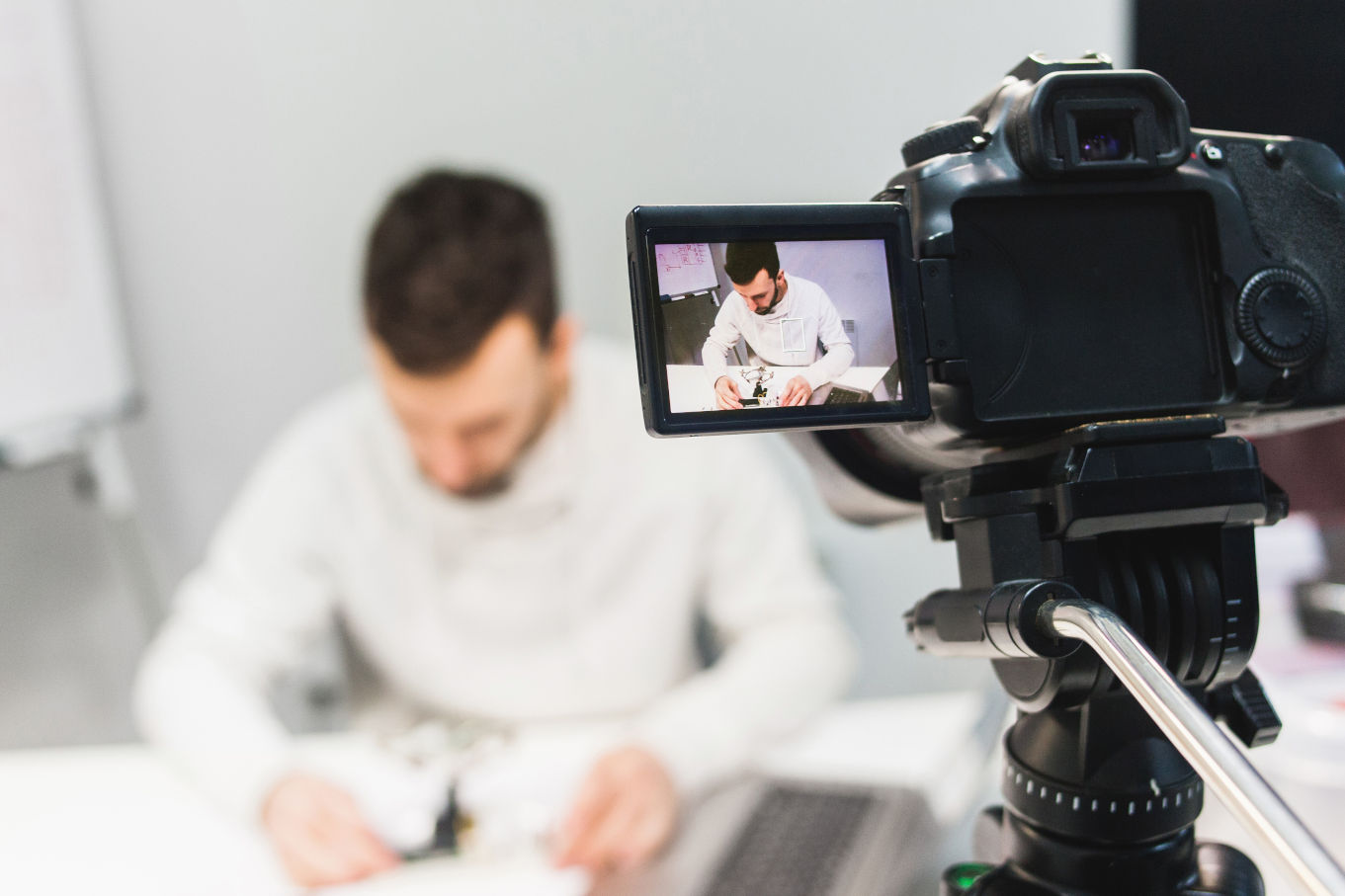# Laboratory Study / Usability Test
- Purpose
- Testing the prototype with users
- Time required
- approx. 5 man-days per user group
- Participants
- Usability/UX Tester, UX Team (optional), users
- Level of experience
- Expert

# Summary
A usability test is an evaluation method in which representative users work on typical tasks with a finished software or a prototype and are observed while interacting with the system. A usability test does not necessarily require fully functional software. Also, click dummies or paper sketches can be evaluated.
The most important aspect of a usability test is the participants. Only real users can judge whether a system is understandable and easy to use - in a usability test the participants should, therefore, correspond as closely as possible to the later end-users. The description of the user groups or personas provides a basis for the recruitment of appropriate participants.
Remote tests are a variant of usability tests. Various online services offer the possibility to conduct unmoderated tests. The participant runs the test alone on a private computer using written tasks and comment on his actions using thinking aloud. This method is suitable if there are no special requirements for the knowledge or training of test persons and the system is available on the web (i.e. mainly for websites aimed at end-users).
# Result
A usability test provides empirically proven problems with the interactive system.
# Approach
In a usability test, careful planning is crucial. As with heuristic evaluation, the part of the interactive system to be examined must be selected. Furthermore, representative test persons from the user group must be selected and invited. A schedule must be created for the test. In addition to the declaration of consent for the participants, the instructions for the moderator as well as test tasks must be prepared. Also, questionnaires are often used to collect socio-demographic data, previous experience with the system or to measure usability/user experience. Ideally, the usability test moderator should not be the UX expert himself in order to avoid any influence. The documentation of the usability test must also be defined in advance. The preparation of a usability test also includes a pre-test to check the test procedure and the test tasks.
The test itself proceeds as follows: After a welcome and briefing of the test person by the moderator of the test, the participant is asked to solve some tasks with the software or the prototype. The participant should comment out loud what he is doing (" thinking aloud"). During the test, the moderator makes sure that the participant keeps thinking aloud and inquires if the participant's behaviour is not comprehensible. If the test is recorded on video, it can be transferred to an observer room so that customers and project members can watch the test. Otherwise, an observer is often present to document the usability test using an observation sheet.
After the usability test, the recordings and, if applicable, the questionnaire must be evaluated and prepared for documentation.
# Time of use
Usability tests should be conducted several times with prototypes of different maturity levels.
# Tools and Templates
- For documentation: observation sheet and photo/video camera or sound recording device
- Questionnaire (if applicable)
- Example of a usability test report of the German UPA (German) (opens new window)
- Template for a usability test report of the German UPA (German) (opens new window)
- Test Script (opens new window)
- Checklist for preparation (opens new window)
- Instructions for Observers (opens new window)
- Hints for a Test Assistant (opens new window)
# Advantages
The knowledge gained during a usability test is very high. The problems found in a usability test correspond with a high probability to difficulties in use in a real context.
# Disadvantages
The effort involved in a usability test is very high, both during preparation and evaluation. In addition, the results can be influenced by the experiment leader or the observer and the participants show a desired rather than an actual behaviour. Often results obtained in a laboratory study are only applicable to the real environment to a limited extent. Furthermore, only a part of the interactive system or individual use cases can be evaluated in a laboratory study.
# Hints
Usability tests are more useful in a natural test situation.
# Sources
- Dumas, J.S., Redish, J.C. (1999) A practical guide to usability testing (opens new window) Intellect Ltd.
- Usability Test - Methodenkarte des Mittelstand 4.0-Kompetenzzentrum Usability (German) (opens new window)